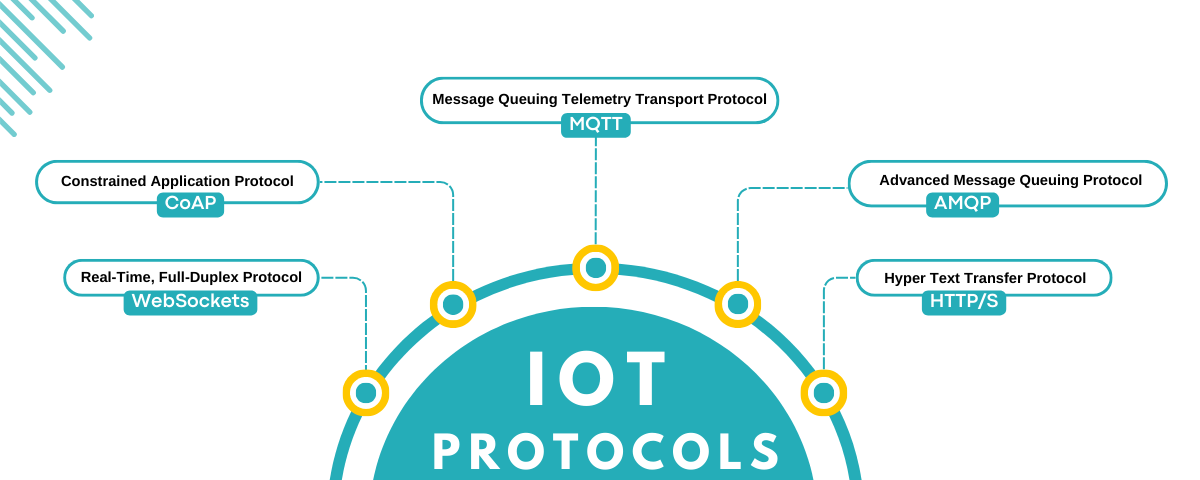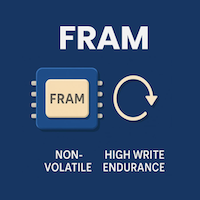IoT Gateway to Cloud Protocols

In the rapidly evolving world of the Internet of Things (IoT), gateways play a crucial role in ensuring seamless communication between devices and cloud systems. At Atreyo, we specialize in manufacturing state-of-the-art IoT gateways designed to bridge the gap between different devices and cloud networks. A key component of this connectivity is the use of various communication protocols. In this blog, we'll dive into the essential protocols that empower our IoT gateways and why they are vital for a robust IoT ecosystem.
What is an IoT Gateway?
Before we delve into the protocols, let’s briefly define what an IoT gateway is. An IoT gateway acts as a bridge between IoT devices (sensors, actuators, etc.) and the cloud or centralized data systems. It facilitates data collection, processing, and transmission, ensuring that information flows efficiently and securely between devices and the cloud.
The Importance of Protocols in IoT Gateways
Protocols in IoT gateways determine how data is transmitted and received across different devices and networks. They ensure that devices can communicate effectively, regardless of the manufacturer or the underlying technology. The right protocol can enhance the efficiency, security, and scalability of an IoT deployment.
Key Protocols for IoT Gateway to Cloud Communication
Here are some of the most widely used protocols for ensuring seamless communication between IoT gateways and cloud platforms:
MQTT (Message Queuing Telemetry Transport)
Overview: MQTT is a lightweight, publish-subscribe network protocol designed for constrained devices and low-bandwidth, high-latency networks.
Benefits:Efficiency: Minimal overhead, making it suitable for devices with limited resources.
Scalability: Easily handles large numbers of devices.
Reliability: Offers three levels of Quality of Service (QoS) to ensure message delivery.Use Cases: Ideal for real-time applications like monitoring and control systems in smart homes, industrial automation, and healthcare.
HTTP/HTTPS (Hypertext Transfer Protocol / Secure)
Overview: HTTP and its secure version HTTPS are the foundational protocols of the web, enabling communication between web browsers and servers.
Benefits:
Ubiquity: Widely understood and used across various platforms.
Security: HTTPS ensures encrypted communication, enhancing data security.
Compatibility: Easily integrates with web-based applications and services.
Use Cases: Common in web-based IoT applications, including smart city platforms and consumer electronics.AMQP (Advanced Message Queuing Protocol)
Overview: AMQP is a protocol designed for message-oriented middleware, providing robust message delivery guarantees.
Benefits:
Reliability: Ensures that messages are delivered even in case of network disruptions.
Flexibility: Supports complex routing, queuing, and publish-subscribe patterns.
Security: Offers built-in security features, including authentication and encryption.
Use Cases: Suitable for enterprise-level applications, financial services, and logistics.CoAP (Constrained Application Protocol)
Overview: CoAP is a protocol designed for simple electronic devices that allows them to communicate interactively over the Internet
Benefits:
Lightweight: Uses minimal resources, making it perfect for constrained devices.
Interoperable: Can easily translate to HTTP for integration with web services.
Efficient: Supports multicast, reducing the need for multiple transmissions.
Use Cases: Frequently used in smart lighting, remote control, and environmental monitoring applications.WebSockets
Overview: WebSockets provide full-duplex communication channels over a single, long-lived TCP connection, enabling real-time data transfer between clients and servers.
Benefits:
Real-time Communication: Supports instantaneous data exchange, ideal for real-time applications.
Low Overhead: Maintains an open connection, reducing the need for repeated handshakes.
Interactivity: Facilitates interactive applications, such as live updates and notifications.
Use Cases: Commonly used in chat applications, online gaming, and live data feeds.
Choosing the Right Protocol
Selecting the appropriate protocol for your IoT deployment depends on several factors, including:
Device Constraints: Power consumption, processing capability, and memory.
- Network Environment: Bandwidth availability, latency requirements, and network reliability.
- Security Requirements: Data sensitivity and required encryption levels.
- Scalability Needs: Number of devices and expected growth.
Atreyo's Commitment to Connectivity
At Atreyo, our IoT gateways are designed to support a wide range of protocols, ensuring flexibility and future-proofing your IoT deployments. Whether you're looking to connect a few devices or scale up to thousands, our gateways provide the reliability, security, and efficiency needed for seamless integration and communication with the cloud.
Conclusion
Understanding and selecting the right protocols for your IoT gateways to cloud communication is crucial for building a successful IoT ecosystem. By leveraging the strengths of various protocols, you can ensure robust, efficient, and secure communication across your devices and cloud networks. At Atreyo, we are dedicated to providing the best-in-class IoT gateways to meet your specific needs, empowering you to harness the full potential of the Internet of Things.
For more information on our IoT gateway solutions and how we can help you achieve your IoT goals, visit our website or contact us today.
Explore more
Need any help in IoT?
Need any help in IoT? An Atreyo expert identify the right solution for your needs.
If ready to talk to an Atreyo expert
Interested in IoT products? go to







